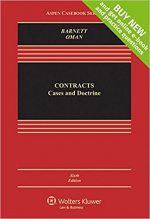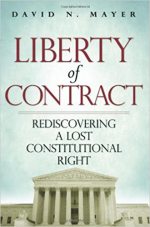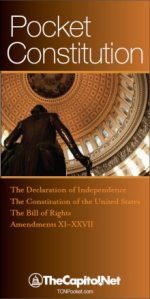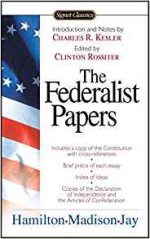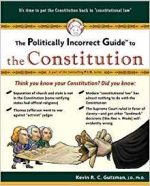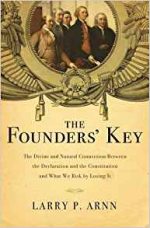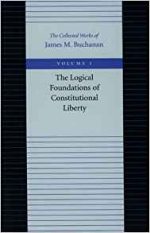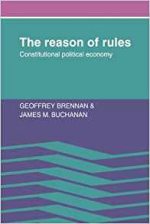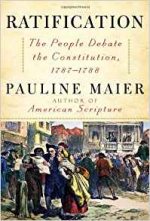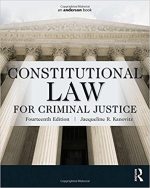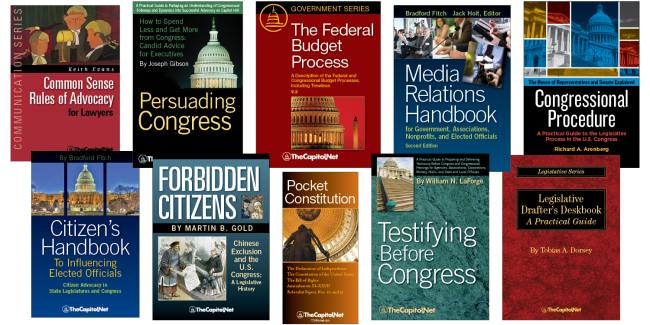The United States Constitution
The Naturalization and Bankruptcies Clause is one of Congress’ enumerated powers found in the Constitution of the United States, Article. I. Section. 8., clause 4:
(Clause 4 – Naturalization and Bankruptcies)
[The Congress shall have Power] To establish an uniform Rule of Naturalization, and uniform Laws on the subject of Bankruptcies throughout the United States;
From the U.S. Senate web site:
Acts of Congress define the requirements by which immigrants can become citizens. Only the federal government, not the states, can determine who becomes a citizen. Bankruptcy laws make provisions for individuals or corporations that fail to pay their debts.
For basic eligibility to become a naturalized U.S. citizen, you must first a spend at least five years as a legal permanent resident of the United States, during which you did not take any trips abroad for more than six months, and were present in the United States for not less than half of the entire period (two-and-a-half years). Additional factors, such as marriage to a U.S. citizen, may affect eligibility for citizenship. The USCIS provides an online eligibility worksheet to help people determine their eligibility.
Applying for U.S. Citizenship – from ExpertLaw
Grover Norquist on Open Borders and Racist Immigration Policy
Bankruptcy laws help people who can no longer pay their creditors get a fresh start – by liquidating assets to pay their debts or by creating a repayment plan. Bankruptcy laws also protect troubled businesses and provide for orderly distributions to business creditors through reorganization or liquidation.
Most cases are filed under the three main chapters of the Bankruptcy Code – Chapter 7, Chapter 11, and Chapter 13. Federal courts have exclusive jurisdiction over bankruptcy cases. This means that a bankruptcy case cannot be filed in a state court.
Bankruptcy – United States Courts, Administrative Office of the U.S. Courts
Bankruptcy Overview
The chapter of the Bankruptcy Code providing for reorganization of municipalities (which includes cities and towns, as well as villages, counties, taxing districts, municipal utilities, and school districts).
The first municipal bankruptcy legislation was enacted in 1934 during the Great Depression. Pub. L. No. 251, 48 Stat. 798 (1934). Although Congress took care to draft the legislation so as not to interfere with the sovereign powers of the states guaranteed by the Tenth Amendment to the Constitution, the Supreme Court held the 1934 Act unconstitutional as an improper interference with the sovereignty of the states. Ashton v. Cameron County Water Improvement Dist. No. 1, 298 U.S. 513, 532 (1936). Congress enacted a revised Municipal Bankruptcy Act in 1937, Pub. L. No. 302, 50 Stat. 653 (1937), which was upheld by the Supreme Court. United States v. Bekins, 304 U.S. 27, 54 (1938). The law has been amended several times since 1937. In the more than 60 years since Congress established a federal mechanism for the resolution of municipal debts, there have been fewer than 500 municipal bankruptcy petitions filed. Although chapter 9 cases are rare, a filing by a large municipality can–like the 1994 filing by Orange County, California–involve many millions of dollars in municipal debt.
Chapter 9, Municipality Bankruptcy – United States Courts, Administrative Office of the U.S. Courts
More
- Pocket Constitution
- Congressional Procedure, Chapter 1. B. Constitutional Provisions
- The Constitution of the United States: A Transcription – The National Archives
- United States Constitution: Texts, Commentaries, Historical Texts and Judicial Decisions – Law Library of Congress
- CRS Annotated Constitution (LII)
- The Constitution of the United States of America: Analysis and Interpretation – FDsys
- Constitution of the United States of America: Analysis and Interpretation, Govinfo.gov
- Heritage Guide to the Constitution
- Forbidden Citizens: Chinese Exclusion and the U.S. Congress: A Legislative History
- “Federalism and the Constitution: Limits on Congressional Power,” CRS Report RL30315 (31-page PDF
 )
) - “Legislative Powers of Congress: A Brief Reference Guide,” CRS Report 97-434 (16-page PDF
 )
) - “Bankruptcy Basics: A Primer,” CRS Report R45137 (40-page PDF
 )
) - “A Primer on U.S. Immigration Policy,” CRS Report R45020 (25-page PDF
 )
) - “U.S. Naturalization Policy,” CRS Report R43366 (41-page PDF
 )
) - Clause 4. Naturalization and Citizenship – from Findlaw
- Clause 4. Naturalization and Citizenship – from Cornell’s Legal Information Institute (LII)
- Clause 4. Bankruptcy – from Cornell’s Legal Information Institute (LII)
- “Federal Statutory Bankruptcy Alternatives: A Roadmap,” CRS Legal Sidebar LSB10926 (7-page PDF
 )
) - “Increasing Numbers of Unaccompanied Alien Children at the Southwest Border,” CRS InSight IN11638 (5-page PDF
 )
)
History of Immigration in the US for Dummies
- United States nationality law – from Wikipedia
- Bankruptcy in the United States – from Wikipedia
- United States Bankruptcy Courts – from Wikipedia
- U.S. Bureau of Citizenship and Immigration Services
- Elllis Island
- American Immigration Lawyers Association (AILA)
- American Bankruptcy Institute (ABI)
- Chapter 7, Title 11, United States Code – from Wikipedia
- Chapter 9, Title 11, United States Code – from Wikipedia
- Chapter 12, Title 11, United States Code – from Wikipedia
- Chapter 11, Title 11, United States Code – from Wikipedia
- Chapter 13, Title 11, United States Code – from Wikipedia
- Chapter 15, Title 11, United States Code – from Wikipedia
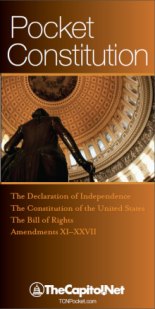
A free download of our Pocket Constitution is available on Scribd.
Our Pocket Constitution: details on our web site.
Rehabilitating Lochner: Defending Individual Rights against Progressive Reform
Contracts: Cases and Doctrine
New Deal or Raw Deal?: How FDR’s Economic Legacy Has Damaged America
Liberty of Contract: Rediscovering a Lost Constitutional Right
The Five Thousand Year Leap: 28 Great Ideas That Changed the World
The American Patriot’s Almanac: Daily Readings on America
Pocket Constitution
The Federalist Papers
The Politically Incorrect Guide to the Constitution
The Ideological Origins of the American Revolution
The Essential American: 25 Documents and Speeches Every American Should Own
The Founders’ Key: The Divine and Natural Connection Between the Declaration and the Constitution and What We Risk by Losing It
Logical Foundations of Constitutional Liberty
The Reason of Rules: Constitutional Political Economy
Ratification: The People Debate the Constitution, 1787-1788
Constitutional Law for Criminal Justice
Courses
- Congressional Operations Briefing – Capitol Hill Workshop
- Drafting Federal Legislation and Amendments
- Writing for Government and Business: Critical Thinking and Writing
- Custom Training
For more than 40 years, TheCapitol.Net and its predecessor, Congressional Quarterly Executive Conferences, have been teaching professionals from government, military, business, and NGOs about the dynamics and operations of the legislative and executive branches and how to work with them.
Our custom on-site and online training, publications, and audio courses include congressional operations, legislative and budget process, communication and advocacy, media and public relations, testifying before Congress, research skills, legislative drafting, critical thinking and writing, and more.
TheCapitol.Net is on the GSA Schedule, MAS, for custom on-site and online training. GSA Contract GS02F0192X
TheCapitol.Net is now owned by the Sunwater Institute.
Teaching how Washington and Congress work ™


